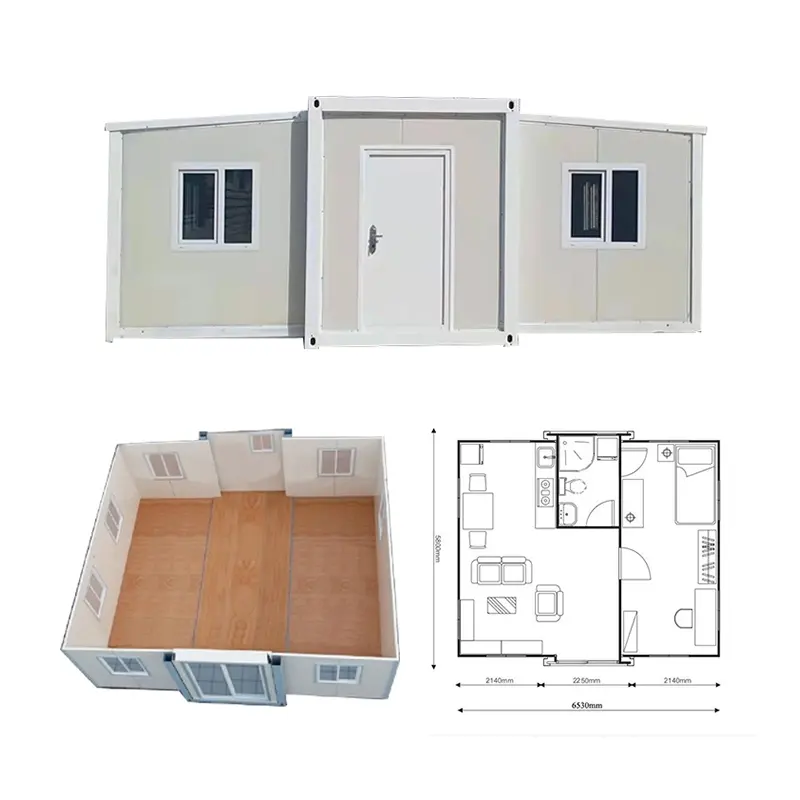Expandable Container Houses in Humanitarian Relief
Throughout the world, disasters and emergencies occur, leaving thousands of people without homes, food, and basic living facilities. In these critical moments, humanitarian relief organizations play a crucial role in providing emergency assistance to those affected. Among these, expandable container houses have emerged as a prominent solution in humanitarian relief, offering displaced individuals’ temporary shelter, safety, and dignity.
Moments of Crisis
Natural disasters, conflicts, and other emergencies often force thousands of people to leave their homes in an instant, leaving them with nothing. During these times, they urgently require shelter, food, and medical aid to survive the hardships. Humanitarian relief organizations step in actively, coordinating efforts to meet the basic needs of those affected.

The Application of Expandable Container Houses
Expandable container houses are an innovative housing solution, particularly shining in the aftermath of disasters and emergencies. Typically, organizations convert these houses from reusable steel shipping containers, and they provide several advantages, including:
- Rapid Construction: The assembly of expandable container houses is incredibly fast, often providing temporary shelter within hours or a day.
- Scalability: It’s easy to expand them to accommodate various family sizes. This scalability makes them suitable for various situations, from individual refugees to large-scale refugee camps.
- Durability: These houses usually use high-quality materials, enduring different weather conditions and usage patterns.
- Customizability: Organizations can customize container houses to align with various cultures, climates, and needs, ensuring that refugees receive suitable shelter.
- Reusability: These container houses have the capacity for multiple reuses to address the changing demands of emergencies.
Real-Life Cases
Nepal Earthquake (2015): Nepal experienced a devastating earthquake in 2015, resulting in thousands of casualties and millions of people left homeless. International humanitarian relief organizations immediately employed expandable container houses as a temporary housing solution. These houses were constructed and set up rapidly, offering safe shelter to families in need. Due to their scalability, these container houses could be adjusted according to family sizes, ensuring everyone had a suitable shelter.
Syrian Refugee Crisis: The Syrian civil war triggered a massive refugee crisis. Over the years, various humanitarian organizations have used expandable container houses to establish refugee camps, providing shelter for millions of Syrian refugees. These container houses have withstood harsh weather conditions, offering warmth, safety, and dignity to the refugees.
Expandable container houses play a vital role in humanitarian relief, providing displaced individuals with emergency shelter and an opportunity to improve living conditions. Their swift construction, scalability, and durability make them an ideal choice during times of crisis. This flexible housing solution not only offers physical shelter but also instills hope, helping displaced individuals rebuild their lives and face the future. In time, we anticipate that expandable container houses will continue to excel in humanitarian relief, offering warmth and hope to those in need.
